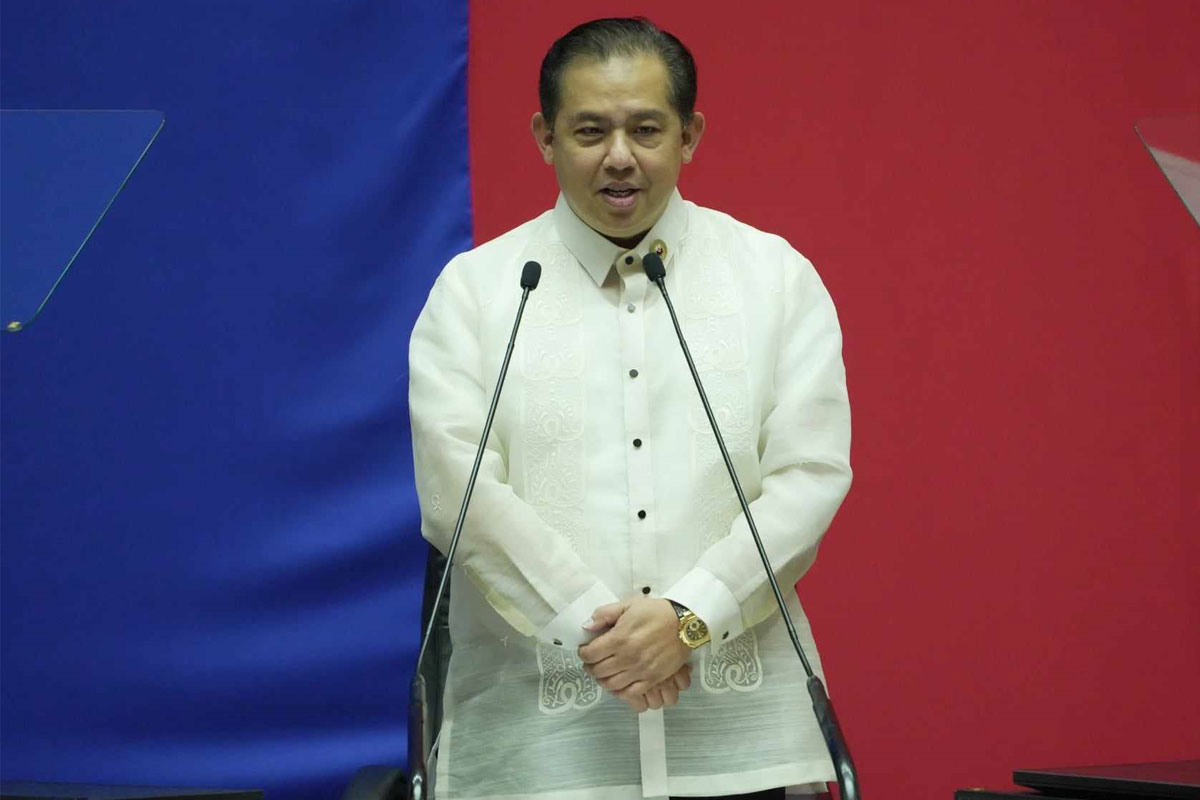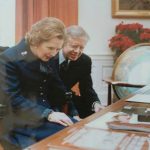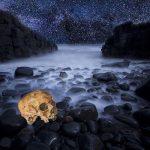
How and Why One of the World’s Most Famous Monsters is Really a Paranormal Creature
Nick Redfern March 19, 2022
Having been to Loch Ness, Scotland on several occasions, I can say for sure that the real story of the Loch Ness Monster is very different to the one presented by countless cryptozoologists and monster-hunters over the years and decades. It’s a story that is not of flesh-and-blood animals, but of a paranormal creature. Or, more than one of them. It’s also a story that many of those same cryptozoologists and monster-hunters have clearly ignored. Or, perhaps, even deliberately suppressed. That is evidenced by the fact that the supernatural data is out there, to be seen by one and all, yet it has barely been touched upon at length or discussed in the vast majority of Nessie-themed books. The reason why the paranormal side of the Loch Ness Monster(s) has been ignored is abundantly obvious: mainstream cryptozoology does not wish to see the down-to-earth theories challenged by the world of the paranormal. I understand that cherished beliefs suggesting the Nessies are plesiosaurs are important to many. However, ignoring key data will not help solve the mystery. In reality, such an approach will have the polar opposite effect: it will stifle research and push it down the wrong road.
Time and again, we have seen the monsters of Loch Ness tied to the domain of the supernatural. No less than the very first recorded sighting – the 6th century affair of St. Columba – was steeped in strange phenomena. The monster’s deadly games were reeled in by the saint, who called upon the power of the Christian god to try and rein-in the creature. More than a thousand years later the monster was still plaguing the people of Loch Ness. That much is made clear by the tales of the shapeshifting Kelpies of Loch Ness. It’s important to note that, centuries ago, not a solitary soul believed them to have been regular, albeit unknown, animals. Indeed, the unanimous conclusion was that the Kelpies were deadly, paranormal monsters that had the ability to alter their physical appearances. Such theories, and fears, extended right up until the final years of the 19th century – and made a resurgence years later, largely thanks to the Nessie-driven work of Ted Holiday. And still on the issue of the final years of the 1800s, there is the not insignificant fact that none other than the “Great Beast” Aleister Crowley lived at Loch Ness’ Boleskine House. That Crowley – deliberately, inadvertently, or a bit of both – conjured up infernal, supernatural entities and helped create an air of malignant menace at the loch, cannot be denied and cannot be without relevance.
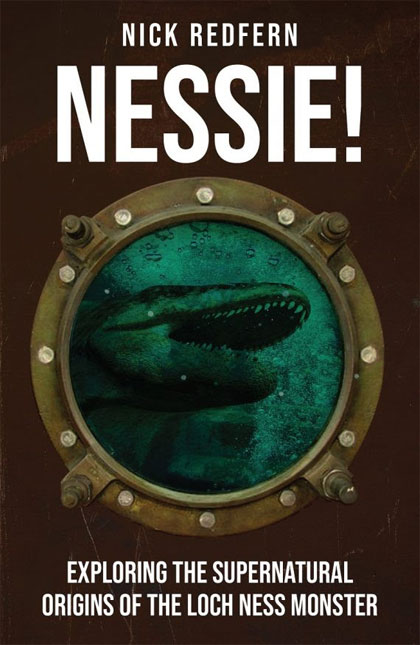 (Nick Redfern) Loch Ness, UFOs, Aliens, an MIB, and a Nessie or several
(Nick Redfern) Loch Ness, UFOs, Aliens, an MIB, and a Nessie or several
Something else which cannot be denied is the fact that when the term “Loch Ness Monster”” was created in the 1930s, it prompted a multitude of reports that described the Nessies in wildly varying ways. Arthur Grant encountered a monster with distinct flippers and a long neck. Hugh Gray’s famous photo shows a creature that pretty much lacks any kind of neck; as for its head it’s beak-like. Lieutenant McP Fordyce’s monster had long legs (rather than flippers), walked on the land, and was somewhat hairy, rather than dark and serpent-like. Add to that the tusked and frog-like Nessies of earlier years and what we have is a modern incarnation of the old Kelpie – a creature that could morph into multiple forms. The implication is obvious: the Kelpies of old never really went away. They were merely upgraded for new generations and given a new name: Nessie.
The highly bizarre, and downright sinister, situations into which ill-fated Ted Holiday found himself plunged are further evidence of the supernatural forces that lurk and manipulate at Loch Ness. Men in Black, strange synchronicities, a mysterious and deadly dragon cult, the Reverend Donald Omand’s exorcism of the loch in the 1970s, repeated encounters near creepy old Urquhart Castle, and Holiday’s very own unrelenting descent into a word filled with magic, mysticism, and the occult all make that clear. Even Tim Dinsdale – hardly publicly known for having beliefs in the supernatural nature of the monsters – admitted to having crossed paths with certain, paranormal aspects of the Nessie mystery. The undeniable UFO-themed aspects of the Loch Ness Monster controversy are clear to see, too. Add to that the odd story of the U.S. Government’s remote-viewers and their “Nessie is a ghost” theory, those mysterious and large daimonic black cats seen at Loch Ness, and the intriguing film-footage taken in 2007 by Gordon Holmes at the loch – a man deeply linked to psychic phenomena.
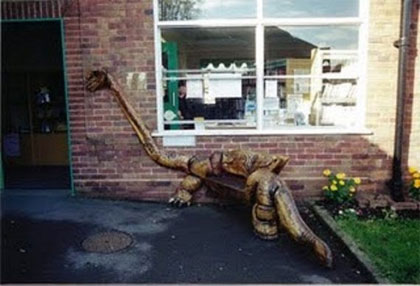 Make no mistake, the Loch Ness Monsters are real. They exist. But, it’s the nature of that reality, and the nature of that existence, that so many need to come to grips with and learn to accept. Yes, we really are dealing with monsters in those dark depths. That much must, by now, be obvious to all but the most feeble-minded. But, as just about every aspect of this article has demonstrated, monsters are not what they appear to be. They are, in fact, far worse and much stranger…
Make no mistake, the Loch Ness Monsters are real. They exist. But, it’s the nature of that reality, and the nature of that existence, that so many need to come to grips with and learn to accept. Yes, we really are dealing with monsters in those dark depths. That much must, by now, be obvious to all but the most feeble-minded. But, as just about every aspect of this article has demonstrated, monsters are not what they appear to be. They are, in fact, far worse and much stranger…
MU*












